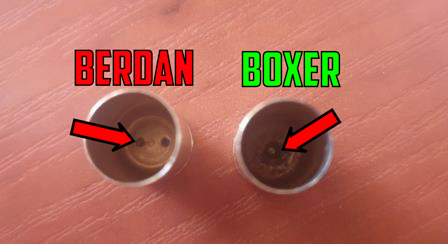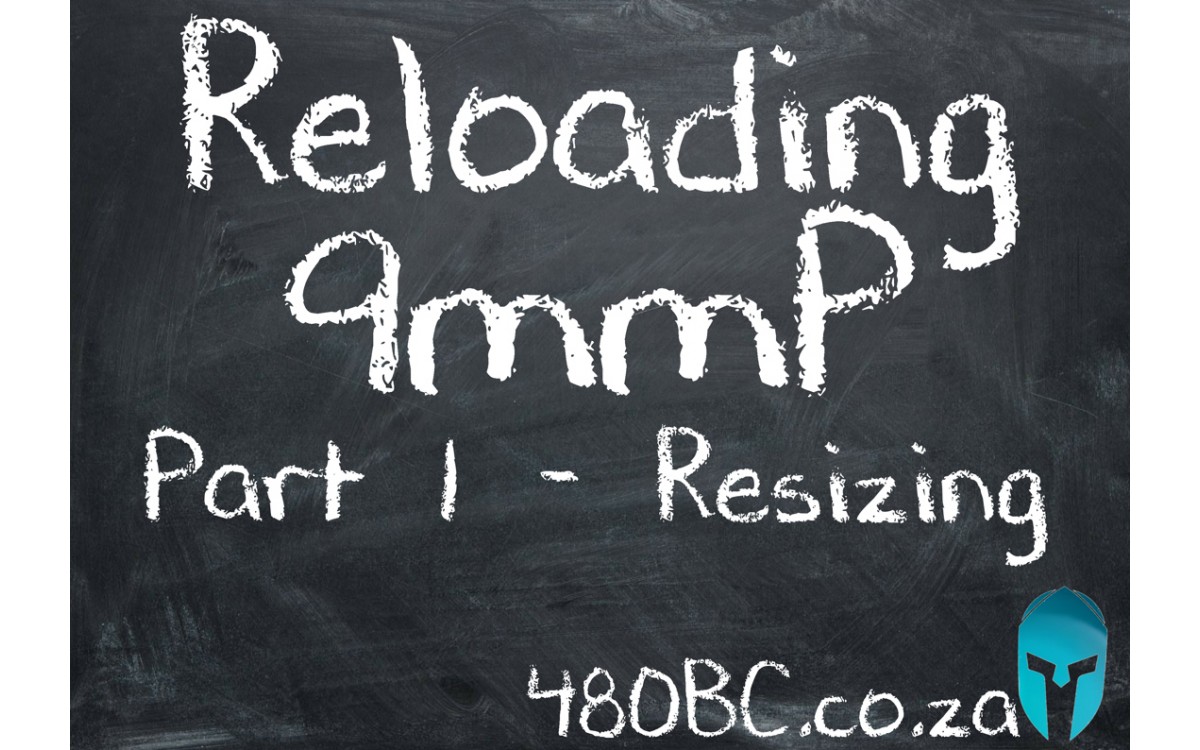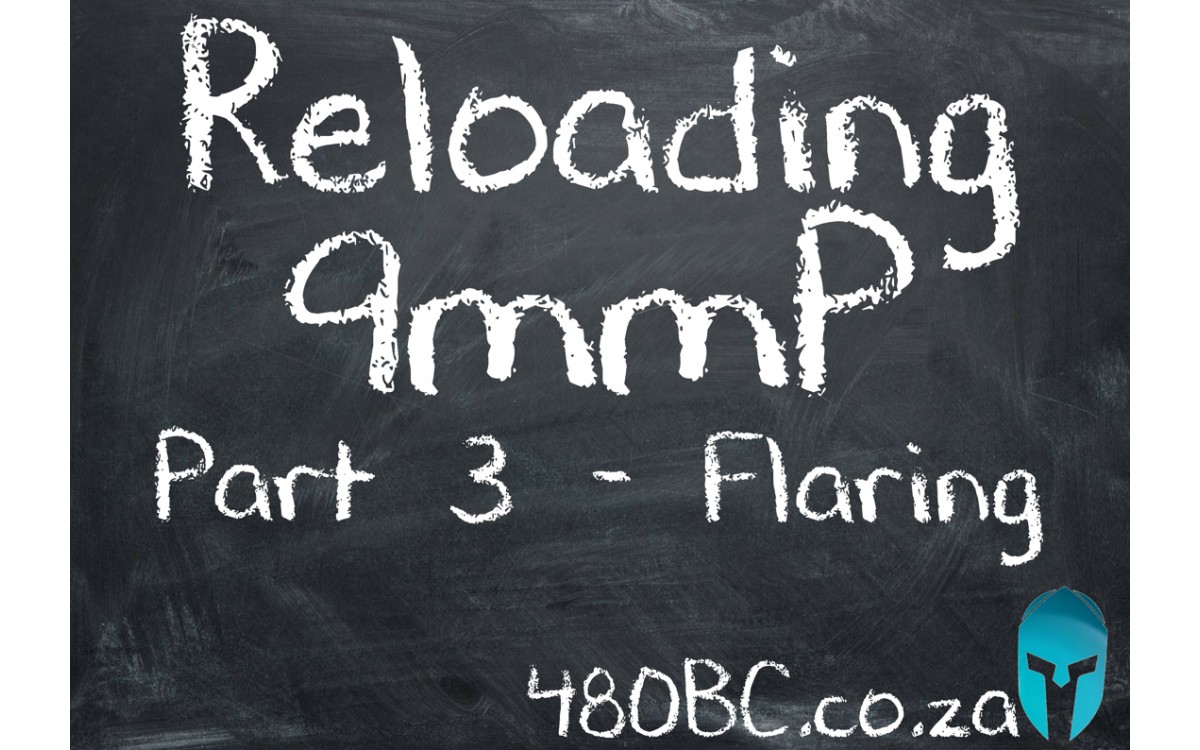Warning –
this will only apply to 9mmp loads as it is by far the most reloaded cartridge
in SA. Loads discussed are my own. Do not copy them, do a proper safe load
development.
Part2 – Priming
In part one
we covered what happened to the case when fired, why we have to resize it and
the steps to resize successfully.
Now we need
to prime the resized case. But first let’s take a look at how a primer works.
Here is a
simplified version of what happens in a primer:
·
Firing pin pushes into primer cup at base of
cartridge.
·
Cup squeezes priming compound into anvil.
·
Pressure created causes priming compound to
ignite.
·
Ignition moves through flash hole or flash
holes.
·
Powder is ignited… you know the rest...
You get 2
types of primers; Berdan Primed or Boxer Primed.

What is a
Berdan Primed Case?
American
inventor and U.S. Army Major General Hiram Berdan invented Berdan primers.
Berdan primed cases have two flash holes. When you look at the section of metal
on the casing between the main body and the primer recess, you will see two
flash holes instead of one. The primer does not have an anvil…the anvil is part
of the case.
What is a
Boxer Primed Case?
An English
inventor named Edward Mounier Boxer invented Boxer primers in the 1860’s. Boxer
primed cases have one flash hole at the very centre of the case. When you look
inside an empty case you will see a small hole between the primer recess and
the powder space. This flash hole is at the very centre of the case. The anvil
is part of the primer and not the case.
You want
Boxer Primed cases to reload.
A very
important part to note is that a primer does not need a sharp object to pierce
it to ignite; the primer compound just needs pressure to ignite. Just crushing
a primer will ignite it, so next time you hear me say do not force a press,
remember this bit of info.
And that a
Berdan primed case can ruin a reloading session. A normal reloading setup will
not remove a Berdan primer and if a Berdan primed case is forced it will break
a decapping pin.
Check your
cases for these and discard them. Yes you could convert them but it’s just not
worth the effort for a regular reloader.
9mmp uses a
small pistol primer - SPP. There are lots of makes on the market and most will
do the job. As you progress in your reloading journey you will find your
favourite make but in the end you will just use what you can find.
Just note
that some are hotter than others and this could influence your velocity…again
more on this later.
Popular
makes in SA is S&B, Fiocchi, Winchester etc. Just make sure that before you
leave the shop that you have Small Pistol Primers and not Small Rifle
Primers….the S&B boxes are identical and you need to have a close look. Small
Rifle Primers are much harder and will lead to frustrating days on the range.
Now your old
primer was “decapped” or removed by the decapping pin in the sizing die. You
can choose to clean the primer pockets now but if you are like me you will skip
this cleaning part…I have never cleaned a primer pocket and personally feel
there is no need. Cleaning the primer pocket can be done with a Lee primer
pocket cleaner.
So how do
you prime your cases? Well that depends on your press and set up.
Single Stage
and Turret presses can be fitted with the Lee Safety Prime system. This is one
of easiest and best on press solutions you can use. This system allows for your
resized case to be primed on the down stroke after sizing. All you need to do
is align the trigger and add a primer to the priming arm. Then complete the
down stroke. The priming arm then inserts the primer perfectly.
On the
Pro1000, primers are loaded automatically. The priming system will add a primer
on the primer pin and when you complete the down stroke after sizing the primer
pin inserts the primer.
The Load
Master works much the same way as the Pro1000 except that the priming happens
on the up stroke.
The other option is to hand prime. This is
done with a hand primer or a bench primer and done off the press.
Lee also now
offer a dedicated priming press called the ACP...if you are hand priming you
should look at this press.
Whichever
way you do prime your cases make sure that you seat the primer flush. Primers
not seated flush will not ignite. What happens most of the time is that the
primer pin/striker will seat the primer rather than igniting the primer. High
primers can also lead to feeding issues.
You also do
not want to seat your primers too deep, a smiley on the primer is a dead
giveaway that the primer is seated to deep. With most priming systems you
cannot do this but with a Load Master you can seat your primers to deep.
The
important bits you need to know about priming.
·
Inspect your cases for Berdan Primed Cases.
·
Crushing a primer will ignite it.
·
Seat primers flush. Do not short stroke the
press.
·
Use the correct primer.
Up next we
look at case flaring …

I've just found your website and blog. Interested in starting reloading soon so reading up on it.
Just a question, what do you mean by, "a smiley on the primer..."?
tried to Google it but nothing came up.
Thanks, in advance and thank you for putting out such great content.



